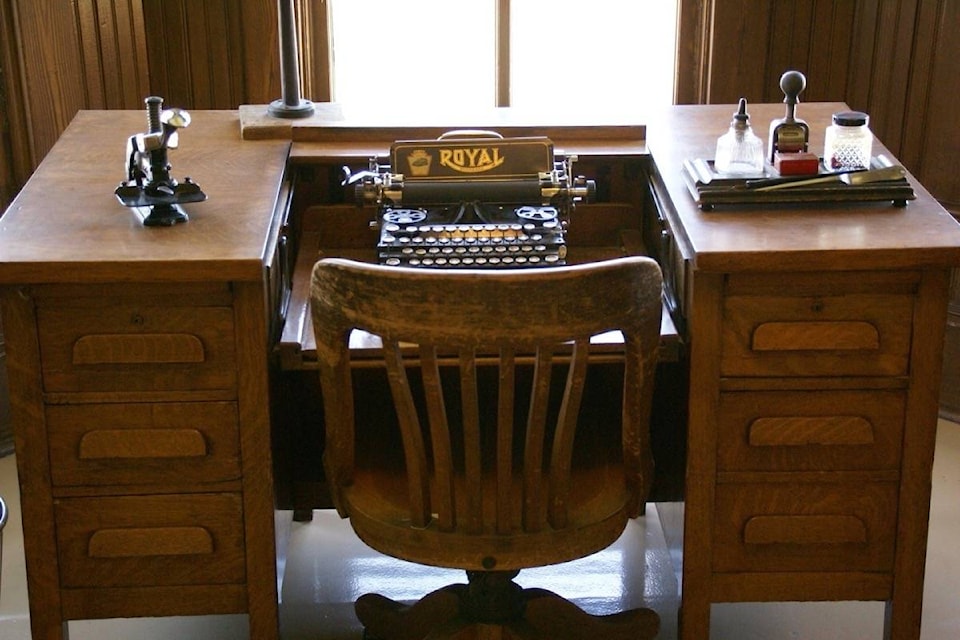A few random thoughts this week…
My son picked up some silver hairspray at a store in Prince George, to be used during the upcoming production of Blithe Spirit. He brought the tins down with him when he made a flying visit to Ashcroft last week, and speaking to him after the fact I said I’d put in an expense claim and send him a cheque.
“Cheque?” he replied, in a tone of voice that suggested I’d said I’d pay him in glass beads, drachmas, or gold doubloons. (As a side note, I can’t help but think that Canadians muffed a golden — pun intended — opportunity to name the $2 coin a “doubloonie” when it was introduced, rather than going with the more prosaic “toonie”. Ah well.)
My son was born in 1997, and while he obviously knows what cheques are, is of a generation to whom cheques are an oddity and inconvenience rather than a staple of everyday life. Indeed, I can see the day coming when we’ll have to explain to younger generations what cheques were (“Well, you got these special pieces of paper from your bank, and filled them in and signed them, and then gave them to someone else, who had to take them to their bank and deposit them.”). I promptly corrected myself: “Okay, I’ll get the cheque made out to me, and e-transfer the money to you.”
Before anyone starts rolling their eyes at young people today, reflect that things change all the time, and that throughout history items which were once common have gone the way of the dodo. Give people a piece of sealing wax, and see how many can tell you what it is, much less how to use it. And how many folks could correctly identify, and explain the use of, a hat pin or a piece of blotting paper, both of which were common well into the 20th century?
Actually, reading that description of cheques makes me realize how awkward and archaic they are. The sooner they’re done away with altogether, the better.
Last Thursday evening was the debate about Proportional Representation between Premier John Horgan and Liberal leader Andrew Wilkinson, and earlier in the day I had occasion to be in one of our area schools. My goodness: the shouting, the talking over other people, the use of outside voices, the failure to listen to the person in charge or pay attention to the rules! The children at the school, in contrast, were remarkably well-behaved and polite.
I was (perhaps mercifully) otherwise engaged during the debate, but had an opportunity to catch up with it after the fact. To call what took place a “debate” could only be done by someone who thought that a debate consists of two people yelling at each other, repeating the same things over and over, and not letting the other person get a word in, which is what most of the 30 minutes seemed to consist of.
I thought of the three all-candidates forums I recently saw in Ashcroft, Cache Creek, and Clinton, which were models of restraint and decorum. People answered questions, no one talked over anyone else, there was no shouting, and the respective moderators clearly laid out the rules and made sure they were followed. I’d suggest there are a few senior politicians who would be well-advised to study and then follow that model.
On a much happier note, it was wonderful to see close to 300 people at the Remembrance Day service in Ashcroft on Nov. 11. Someone said to me that the crowd seems to get larger every year, and I agree. It was particularly gratifying to see so many young people there, including our Sea Cadets, who once again did us proud.
This year’s service carried added resonance, commemorating as it did the 100th anniversary of the end of World War I, which at the time was referred to as “the war to end all wars”. Let’s hope that one day we will in fact have a war to end all wars, and that we’ll all be here when it’s over.
editorial@accjournal.ca
Like us on Facebook and follow us on Twitter
